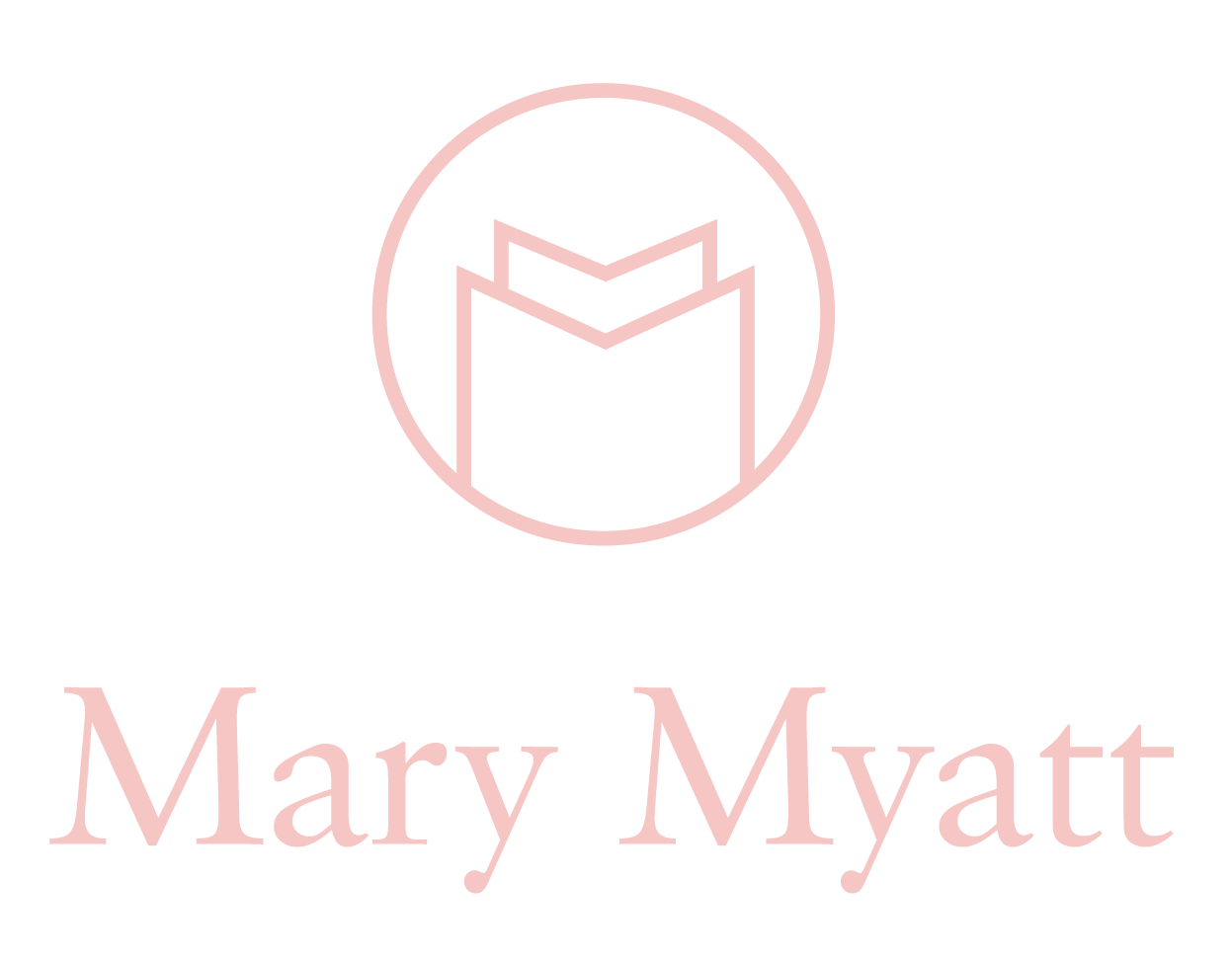Beautiful work
A few questions: do we provide enough opportunities for our pupils to produce beautiful work? Do they have the chance to polish and refine something? Are they clear about what good work looks like? Have they been inspired by the finished work of others? How often do pupils get the chance to produce work for a real audience? Are there opportunities for multiple drafts, punctuated with honest and specific feedback? The schools which do this are providing their pupils with something important - authentic work of high quality, something that pupils can be proud of.
Again, how often do pupils have access to the highest quality materials for their final work? In a Reception class in a school in Birmingham, I noticed that children were using artist-quality pastels. What was the rationale behind this? The response was interesting: if we want our pupils to produce beautiful work, we need to make sure they have the best materials. They know that these are used by professional artists. This means they take care of them, do not waste them and are inspired to do their best work. And the expense? Well, we’d rather have fewer things of the highest quality…
The notion of ‘beautiful work’ has been championed by Ron Berger, who argues that it is possible both to meet standards and create authentic work. Underpinning this is the idea that children’s work should be honoured. It should be of the highest quality and it should also have an audience. ‘Once a pupil creates work of value for an authentic audience beyond the classroom - work that is sophisticated, accurate, important and beautiful - that student is never the same. When you have done quality work, deeper work, you know you are always capable of doing more.’[1]
The beautiful work exemplified by Austin’s butterfly[2] did not happen overnight. Underpinning beautiful work is the imperative to draft, take feedback which is precise, robust and kind, redraft and repeat. Then we are ready to showcase to the world. The key takeaway from Austin’s butterfly has been focused on the drafting and the quality of the final piece. However, it is also worth noting that this work was for a purpose: for many years, pupils in this school studied birds, and created beautiful note cards with a scientific illustration of a bird on the front and information about the bird on the back. Those cards were printed on quality card, bundled in boxed sets and sold in the community and throughout the state, including at state rest stops on highways; all the profits were used to support preservation of bird habitats.[3] And so we have the criteria here which are twofold: quality work and a real audience.
There are samples of high-quality work collected on the Models of Excellence site. One, for example, where pupils aged 13-14 created a book for younger pupils, featuring original fables and accompanied by cut-block print illustrations.[4] The students studied the genre of fables, wrote personal narratives to surface issues in their own lives and created animal protagonists and stories to embed those issues in fables with helpful morals. This involved considerable practice, as they only had one chance to compose the woodcut. What is important about this is that pupils were producing both high-quality literary and artistic work. The rules and criteria for each discipline were adhered to. This, and other examples, show how academic standards can be reached from work that is deeply artistic and connects the heart to learning.
If we want to produce more beautiful work, should we think more about the quality and quantity of worksheets, most of which do little to promote beautiful work, or should we be investing instead in high-quality sketchbooks, for example? While these are designed for art, they also make great resources for showcasing beautiful work. Work that is original, that represents the fruits of considerable labour and which are worth keeping. How much of pupils’ work gets thrown away at the end of an academic year? What does this say about the sector’s attitude to learning? And if funds are tight, there are electronic tools for capturing beautiful work, such as Book Creator[5] and Explain Everything.[6]
This is not to make the case that every lesson needs to produce a final produce of beautiful work. Rather it is the opposite: that there should be opportunities across the curriculum for this quality to take place, over time. It is a worthwhile endeavour not just for pupils, but for adults as well. It shifts the landscape, it raises the game and it means that we have to continually ask, is this the best it can be? It’s a question worth asking: What do standards actually look like when met with integrity, depth, and imagination?
[1] https://www.edutopia.org/blog/deeper-learning-student-work-ron-berger
[2] https://vimeo.com/159082211
[3] http://modelsofexcellence.eleducation.org/projects/austins-butterfly-drafts
[4] http://modelsofexcellence.eleducation.org/resources/wolf-would-forgive-illuminating-standards-video
